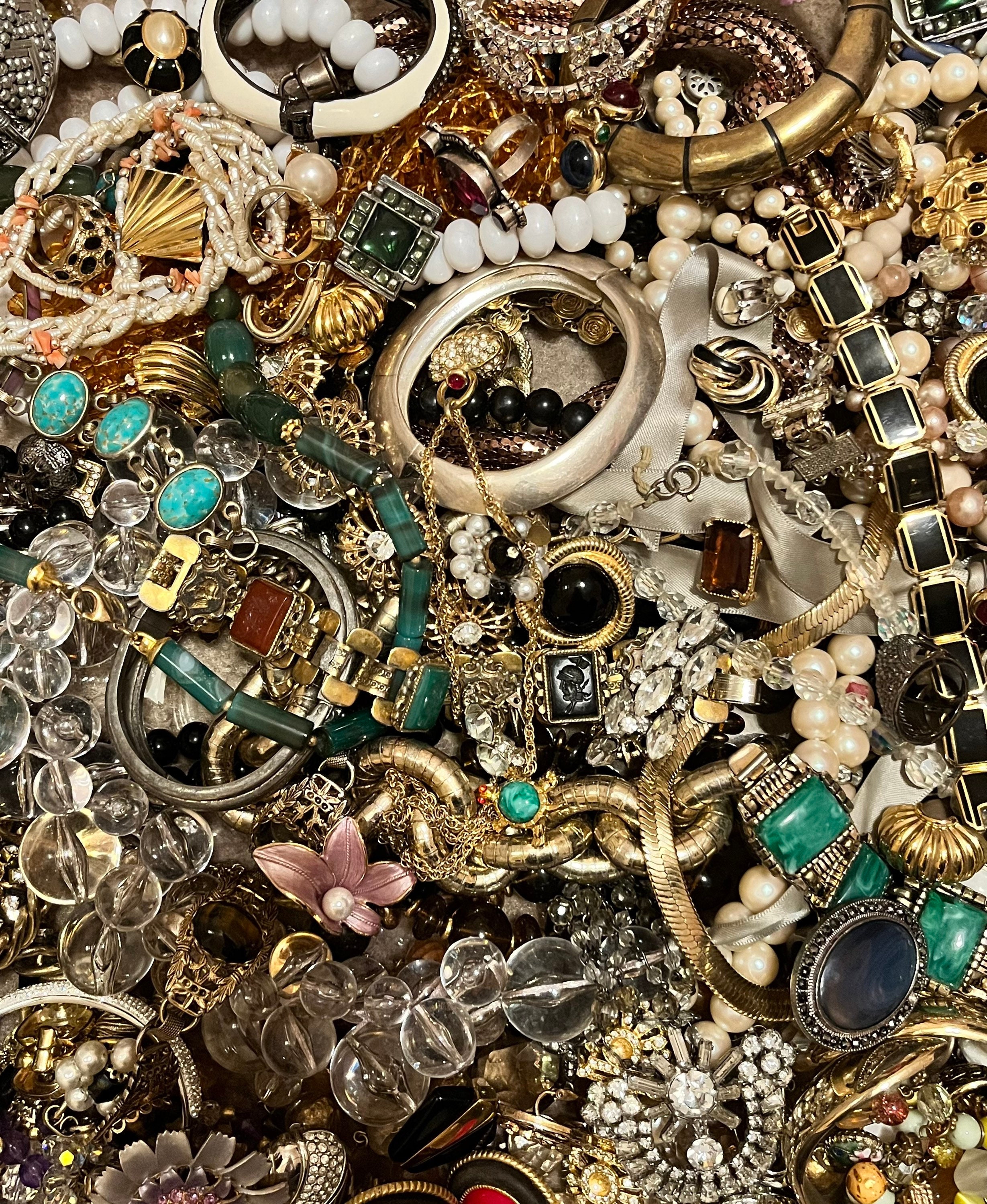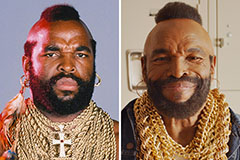Reveal the Rich Background Behind Stunning Estate Precious Jewelry Collections
The exploration of estate jewelry collections offers an one-of-a-kind home window right into history, revealing the detailed partnership in between workmanship and social development. What secrets might these collections still hold?
The Beginnings of Estate Precious Jewelry
Exactly how did estate jewelry come to personify the rich history and virtuosity of lost eras? The beginnings of estate fashion jewelry can be traced back to numerous durations of craftsmanship, where precious jewelry was not simply an accessory yet a reflection of social worths, technological innovations, and creative expressions. Each piece narrates, usually connected with the lives of their previous owners, enveloping personal stories alongside historic contexts.
The term "estate fashion jewelry" typically refers to secondhand pieces, commonly from substantial eras such as Victorian, Art Nouveau, or Art Deco. These items were created with careful focus to detail, showcasing the skill of craftsmens that utilized materials like gold, silver, and valuable gems. Unlike contemporary fashion jewelry, estate items usually feature distinct layouts that highlight the visual appeals of their time, therefore offering as substantial links to the past.

Noteworthy Design Eras
Throughout background, numerous remarkable layout ages have considerably influenced the evolution of estate precious jewelry, each identified by unique styles, materials, and cultural contexts. The Georgian period (1714-1837) marked the start of detailed layouts, commonly featuring nature-inspired motifs and making use of products like gold, silver, and gemstones embeded in intricate setups. Following this, the Victorian era (1837-1901) presented enchanting styles, with sentimental precious jewelry and ingenious techniques such as the usage of enamel and cameos.
The Art Nouveau duration (1890-1910) celebrated natural types and the beauty of nature, making use of materials like opals and pearls in flowing layouts. This was been successful by the Art Deco era (1920-1939), which welcomed geometric patterns, bold shades, and glamorous materials such as platinum and rubies, reflecting the modernist spirit of the moment.
The Mid-Century Modern era (1940-1960) showcased structured designs and making use of non-traditional products, highlighting minimalism and functionality. Each of these ages not just shows the imaginative motions of their time yet likewise envelops the societal worths and technological advancements that shaped precious jewelry design, making them an interesting subject for collection agencies and historians alike.

Famous Estate Fashion Jewelry Collections
The abundant history of estate fashion jewelry is perfectly exemplified by a number of prominent collections that showcase the creativity and workmanship from numerous design ages. Among one of the most famous is the Cartier Collection, which shows the deluxe and innovation of the renowned French jewelry expert. Parts from this collection often feature elaborate styles and elegant gemstones, highlighting the brand name's dedication to great workmanship.
Another notable collection is the Duchess of Windsor's fashion jewelry collection, which makes up a number of unique items, consisting of the famous "Windsor" arm band. This collection not just exhibits the style of the Art Deco duration yet additionally lugs an abundant story of love and loss, as it came from Wallis Simpson, who famously married Edward VIII.
The collection of the late actress Elizabeth Taylor also stands apart in the realm of estate jewelry. With numerous pieces designed by renowned jewelry experts like Bulgari and Cartier, her collection personifies prestige and class, highlighting her personal style and affinity for one-of-a-kind gems.
These popular estate jewelry austin tx estate jewelry collections act as a testament to the enduring allure of great fashion jewelry, using insight into the social and creative activities that formed their development.
The Cultural Value
Estate fashion jewelry collections hold profound social relevance, showing not only the visual values of their respective periods however also the social and historic contexts in which they were created. Each item typically embodies the workmanship and creative fads of its time, showcasing the advancement of design and modern technology in fashion jewelry making.
In addition, these collections function as substantial links to cultural customs and rituals. Wedding bands and antique breastpins might represent love and familial bonds, while pieces adorned with details gemstones can stand for social or regional identifications. The products utilized-- whether gold, silver, or jewels-- commonly tell stories of profession, exploration, and the riches buildup of societies.
Furthermore, estate precious jewelry can function as historical artefacts, giving insights into the lives of people and the social standards they navigated. The method precious jewelry was put on and valued can reveal much regarding sex duties, status, and personal expression within varying cultural landscapes. Therefore, estate precious jewelry transcends mere decoration, functioning as an abundant story of human experience, artistry, and cultural heritage, inviting contemporary audiences to engage with the past in a significant method.
Taking Care Of Your Estate Parts
Caring for estate jewelry pieces calls for a thoughtful technique to ensure their longevity and maintain their one-of-a-kind attributes. Always clean estate precious jewelry utilizing a soft, lint-free cloth after each wear to remove oils and dust.
Storage is equally vital; shop pieces independently in a fabric-lined box to protect against scraping and tangling. Consider utilizing anti-tarnish pouches or towels for silver products, as this helps to reduce the tainting procedure. Furthermore, avoid revealing fashion jewelry to excessive wetness, severe temperature levels, or direct sunshine, which can negatively affect steels and gems.
Consulting a jewelry expert experienced in vintage or antique items can offer specific treatment options. By carrying out these techniques, collectors can protect their estate precious jewelry's aesthetic and historic worth, ensuring these pieces proceed to be valued additional hints for generations to come.
Conclusion
Finally, the expedition of estate precious jewelry collections discloses a tapestry of artistic expression and cultural relevance, mirroring the worths and visual appeals of different historic durations. As soon as owned them, each piece offers as a testimony to exceptional craftsmanship and the narratives of those who. Understanding the origins, design periods, and significant collections boosts admiration for these artefacts, stressing their duty in maintaining social heritage and motivating ongoing stewardship and take care of these exceptional treasures.
The exploration of estate jewelry collections offers an unique home window right into background, exposing the elaborate connection between craftsmanship and social development. The origins of estate jewelry can be traced back to numerous durations of craftsmanship, where jewelry was not merely a device however a reflection of societal worths, technical developments, and artistic expressions.The term "estate precious jewelry" typically refers to secondhand items, typically from significant periods such as Victorian, Art Nouveau, or Art Deco.The abundant history of estate precious jewelry is magnificently exemplified by numerous distinguished collections that showcase the creativity and workmanship from different design eras.In verdict, the exploration of estate precious jewelry collections discloses a tapestry article source of creative expression and cultural relevance, reflecting the worths and looks of various historic periods.
 Mr. T Then & Now!
Mr. T Then & Now! Lark Voorhies Then & Now!
Lark Voorhies Then & Now! Mason Gamble Then & Now!
Mason Gamble Then & Now! Seth Green Then & Now!
Seth Green Then & Now! Phoebe Cates Then & Now!
Phoebe Cates Then & Now!